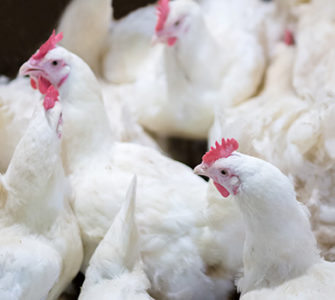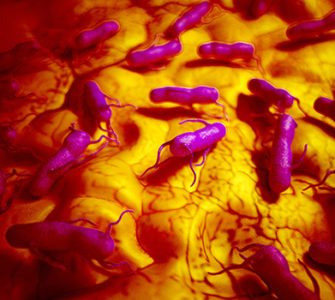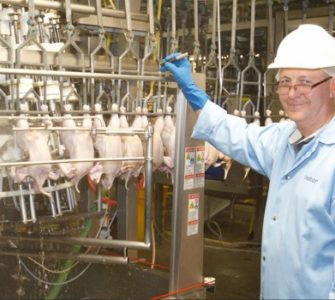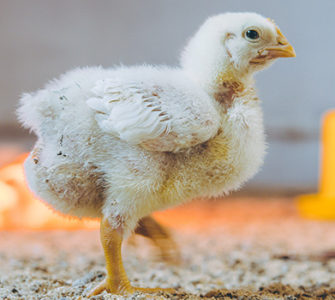US broiler industry steadily reducing incidence of foodborne pathogens
The US broiler industry has been steadily reducing the prevalence of Salmonella and Campylobacter on chicken parts since the USDA’s new performance standards took effect last year.
In fact, the industry is exceeding USDA expectations, said Ashley Peterson, PhD, vice president of science and technology, National Chicken Council, in the first of a three-part conversation about food safety with Poultry Health Today.
The new performance standards issued by USDA’s Food Safety and Inspection Service took effect July 1, 2016. In December 2016, the incidence of Salmonella was at 15.4% – down from 18.2% nine months earlier. Great progress is also being made reducing Campylobacter, she said.
Continued consumer education on safe food handling and thorough cooking of chicken is important. Consumers can be directed to the National Chicken Council website – NationalChickenCouncil.org – for more information on these topics.
Peterson underscored her belief that the US broiler industry will continue to improve and reduce the incidence of pathogens on chicken.
Watch the interview:
Part 1: Meeting standards for foodborne pathogens in chicken parts
Part 2: Changes in sampling chicken with buffered peptone water
Part 3: Finding the right balance with antibiotics and flock welfare
Full interview: Moving forward with food safety and responsible antibiotic use
Posted on August 2, 2017

















